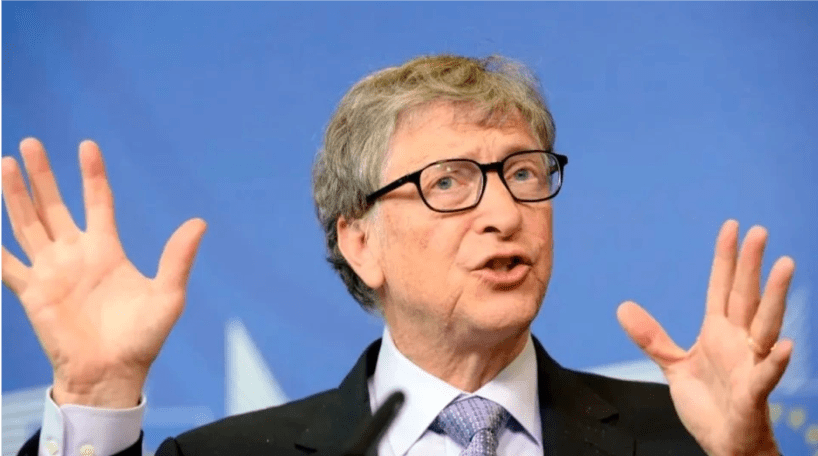
BEIRUT/JERUSALEM July 3 (Reuters) - An Israeli strike killed one of Hezbollah's top commanders in south Lebanon on Wednesday, prompting retaliatory rocket fire by the Iran-backed group into Israel as their dangerously poised conflict rumbled on.
The Israeli military said it had struck and eliminated Hezbollah's Mohammed Nasser, calling him commander of a unit responsible for firing from southwestern Lebanon at Israel.
Nasser, killed by an airstrike near the city of Tyre in southern Lebanon, was the one of the most senior Hezbollah commanders to die yet in the conflict, two security sources in Lebanon said.
Sparked by the Gaza war, the hostilities have raised concerns about a wider and ruinous conflict between the heavily armed adversaries, prompting U.S. diplomatic efforts aimed at deescalation.
Israeli Defence Minister Yoav Gallant said Israeli forces were hitting Hezbollah "very hard every day" and will be ready to take any action necessary against the group, though the preference is to reach a negotiated arrangement.
Hezbollah began firing at Israeli targets at the border after its Palestinian ally Hamas launched the Oct. 7 attack on Israel, declaring support for the Palestinians and saying it would cease fire when Israel stops its Gaza offensive.
Hezbollah announced at least two attacks in response to what it called "the assassination", saying it launched 100 Katyusha rockets at an Israeli military base and its Iranian-made Falaq missiles at another base in the town of Kiryat Shmona near the Israeli-Lebanese border.
Israel's Channel 12 broadcaster reported that dozens of rockets were fired into northern Israel from Lebanon. There were no reports of casualties. The Israeli Defence Ministry said that air raid sirens sounded in several parts of northern Israel.
Israel's military did not give a number of rockets launched but said most of them fell in open areas, some were intercepted, while a number of launches fell in the area of Kiryat Shmona.




